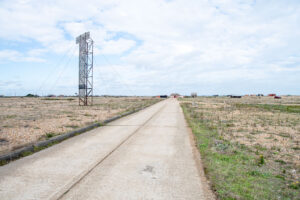
FOCUS ON
CHINI BOLSÓN
Sometimes photography can surprise thanks to the visual impact of its images. Chini Bolsón is a photographer who lives the streets of Buenos Aires, Argentina, and is able to impress the viewer with his photos. I was definitely looking forward to asking him a few questions.

Q Your street camerawork is remarkable. When did you start and why?
A Thanks! I started taking photos when I was about 8 years old. My first camera was a 110mm shaped like a soda can—I used to pretend I was a spy. I’d photograph my family in everyday situations or when we were out in the city. It was always spontaneous. Over time, that playful impulse turned into a way of observing, being present, and connecting. I didn’t have a clear plan; I just kept shooting. The street became my playground and, later, a place of deep exploration.
Q Looking at your photos, I’ve been struck by the visual power of the images. Your style is increasingly defined aesthetically. What are you looking for and what do you want to convey with these images?
A I’m drawn to the human, to the fleeting, to what goes unnoticed. I’m not always sure what I’m looking for—but I know when I find it. Sometimes it’s a gesture, sometimes a silence. I photograph to understand something I don’t fully grasp. It’s a way to ask questions without needing immediate answers. I hope that those who see my photos feel something—not just about the subject, but maybe about themselves, too.
Q Do you smoke? Excuse me for asking, but I’ve seen you have many photos of people smoking. Why do you find them interesting?
A No, I don’t smoke—but I’m fascinated by the ritual of smoking. There’s something about that moment: the pause, the solitude, the shared silence between strangers. It feels suspended in time. It’s both intimate and public. That series, Smokers, was born from that curiosity—trying to capture that fragile, timeless mood.
Q Many of your photos are portraits, others are candid. What type of photography do you feel most comfortable with: portraiture or street photography? What different values do they have within your work?
A I’d say most of my photos are candid, even when they look like portraits. I don’t usually think in terms of strict categories—like “this is a portrait” and “this is a candid shot.” For me, they’re all captures. What matters most is the encounter, the moment that makes me stop and look. Whether someone is aware of the camera or not, I try to keep the spontaneity alive. I feel comfortable wherever there’s something human to witness or connect with.
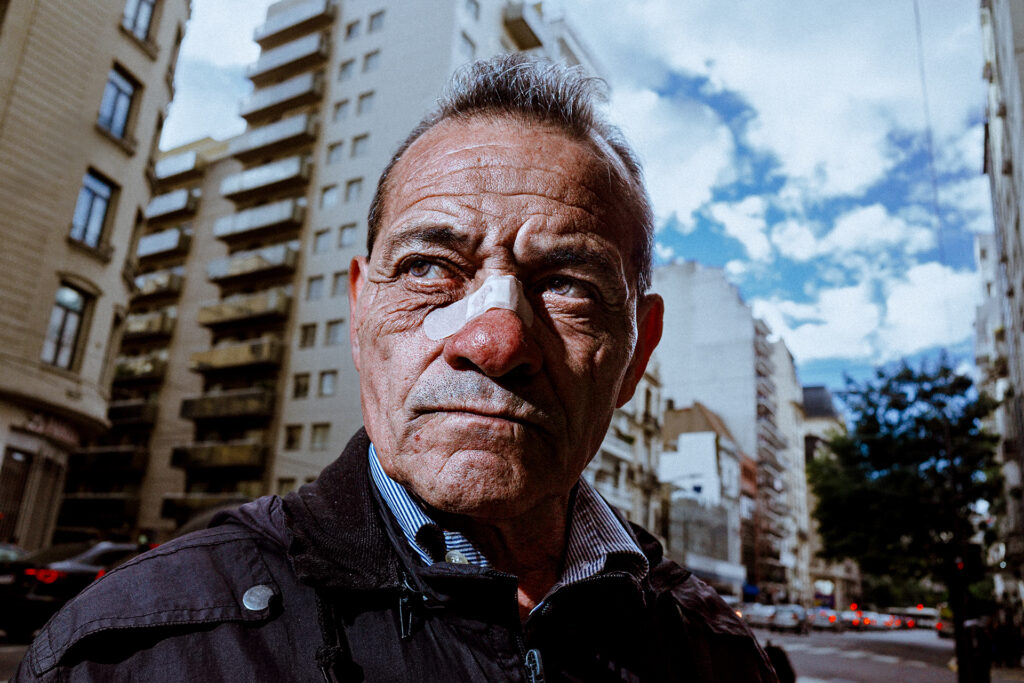
Q Buenos Aires is the center of your work. What is it like taking photos there?
A It’s intense. Buenos Aires is noisy, beautiful, wounded, chaotic, poetic. It’s the city that shaped me. I know its codes, its gestures, its contradictions. It constantly gives me something to feel, to think, to frame. I don’t rule out photographing elsewhere, and I hope to do that someday. But this city keeps calling me back. There’s still so much I haven’t seen.
Q If you had to name some photographers you like and who have inspired you in the past and present, who would they be?
A As a photographer, Joel Meyerowitz has probably been the most influential for me—his use of color, the way he observes life unfolding. Vivian Maier, too, for her raw sensitivity and the way she captured the everyday with so much depth.
A Just gratitude. For the questions, for the curiosity, for the space. Photography, for me, is a way of being in the world. I don’t always know where it’s taking me, but I keep following the thread.
Chini Bolsón links :
If you like this content please support the author + Woofermagazine and share it :
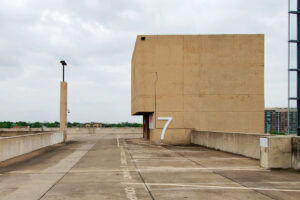
CONCRETE HORIZONS
A series by Isabelle de Touchet exploring urban parking structures.
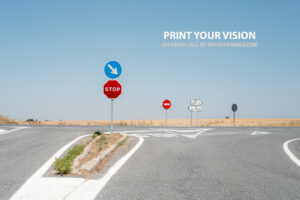
PRINT YOUR VISION
An open call to select one author’s project to publish like photobook.
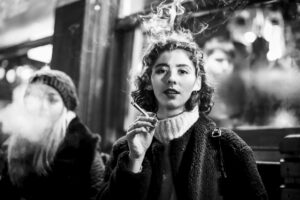
FOCUS ON MATS ALFREDSSON
In this new “Focus on” we discover the street work from the Swedish photographer Mats Alfredsson.
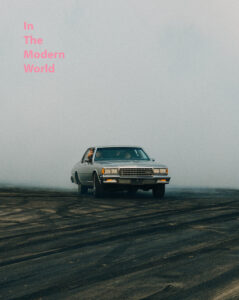
IN THE MODERN WORLD PHOTOBOOK
The photobook is ready to be ordered, we reveal the cover and the first 11 photos.
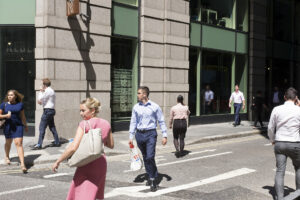
171213-240423
Streetmax 21 is a street photographer who knows what he is looking for and this is not the usual.
